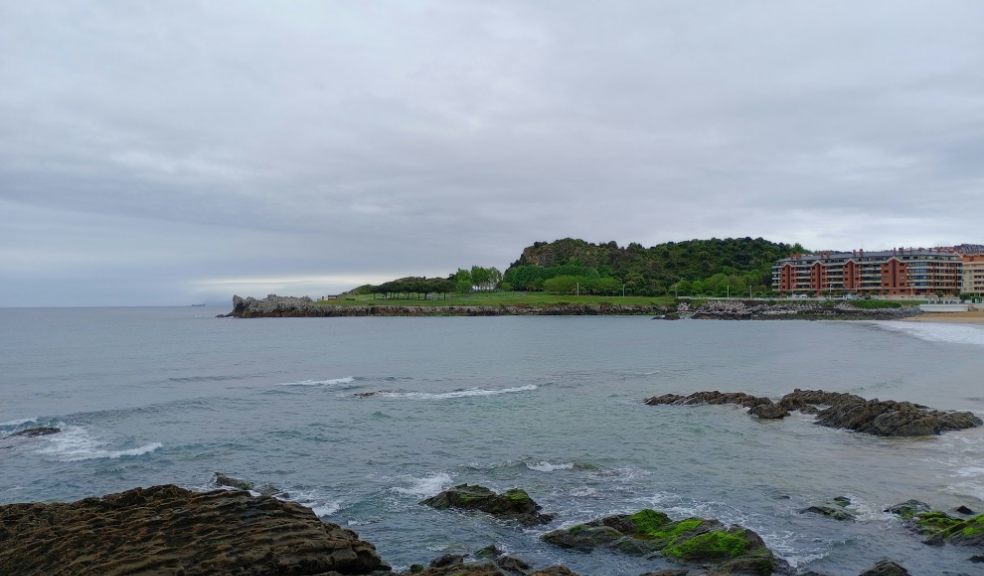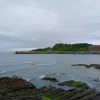
Camino de Santiago: Why Choose Camino Del Norte?
The Camino de Santiago has several routes for pilgrims to choose and get to Santiago de Compostela, from France, Portugal, and Spain there sure is a route for you. If you’re looking for a trail that has stunning views, different landscapes, and charming towns but is not as crowded as other trails, then the Camino del Norte, also known as the Northern Way, is for you.
A picturesque and less-traveled pilgrimage route that unlike the popular Camino Francés, which attracts thousands of pilgrims annually, the Camino del Norte offers a quieter, more rugged experience along the northern coast of Spain.
In this comprehensive guide, we’ll explore everything you need to know to embark on this remarkable journey.
Why Choose the Camino del Norte?
The Camino del Norte offers a unique blend of coastal beauty, rugged terrain, and cultural richness. You will walk through lush forests, fishing villages, and medieval towns, you’ll encounter a sense of tranquility and self-discovery.
Unlike the crowded Camino Francés, the Northern Way allows for deeper introspection and a chance to connect with nature, it hugs the northern coast and you can expect breathtaking ocean views and rugged cliffs.
Starting Point: Irún or San Sebastián?
Like most Camino de Santiago trails there are several stages and different starting points, I know everyone has 30 days to embark on a pilgrimage, that’s why you can start from anywhere you want, but make sure you walk at least 110 kilometers to qualify for the Compostela certificate.
In this case, you can choose between Irún, near the French border, or Donostia-San Sebastian, a vibrant coastal city. Both routes merge after a few days. Another popular starting point for the Camino del Norte is from Ribadesella.
Navigating the Trail
Like most Camino routes, you just need to follow the yellow arrows and scallop shells (the Camino symbol) to stay on track.
- Yellow Arrows: Look for these painted arrows on walls, trees, and rocks. They guide you along the path.
- Scallop Shells: The scallop shell is the official symbol of the Camino. Follow the shell signs to stay on track.
Planning Your Journey
Planning is part of every holiday, and for the Camino de Santiago you need to plan carefully as much as you need. Long-distance trails have a unique charm and uncertainty but also offer a physical challenge like no other, that’s why planning is a must.
When to Go
The best time to hike the Camino del Norte is during the spring (April to June) and fall (September to October). The weather is mild and a lot nicer but you can expect some rain here and there, also accommodations are even less crowded.
Summer is a great time to go, but keep in mind that it will be hotter, more people will be on the trail, and albergues along the way can get full a lot faster.
What to Pack
Like for most hike adventures, packing light is key, but you need to make sure to pack all the essentials, including sturdy hiking boots, rain gear, a comfortable backpack that can withstand the wear and tear, and your pilgrim’s passport (credencial).
Make sure you can carry enough water for the different distances between stages, and pack a first aid kit.











%20(wecompress.com)0671.png)


